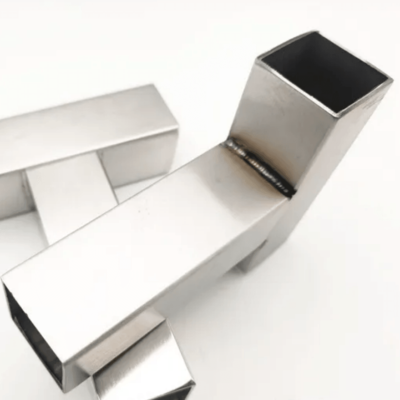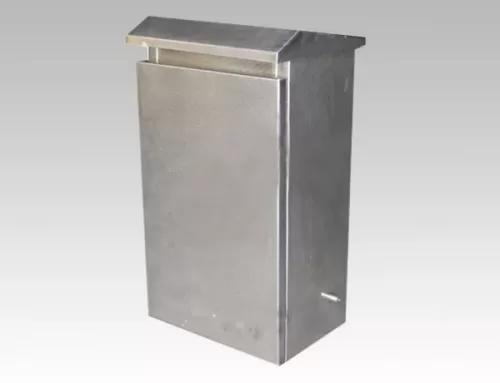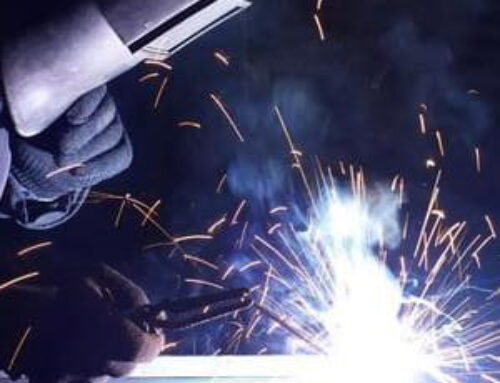
Fish scale welding is a welding process named for its fish scale-shaped welded surface. The process involves selecting a welding point, energizing it, striking an arc with the welding rod, melting the flux inside the rod, and then oscillating the welding tongs back and forth to uniformly melt the welding material at the welding location. If the welding is done well, the result will resemble fish scales, hence the name “fish scale welding.” Fish scale welding is considered to be one of the most advanced welding technologies in the world today.
Fish scale welding techniques: TIG welding is itself a process that allows for good observation of the shape and flow of the weld pool and is much superior to stick welding. The key to controlling the welding process is to keep your hand steady to avoid shaking and burning the tungsten electrode. A control method can involve supporting the welding gun with your index finger on the pipeline or plate being welded. The length of the tungsten electrode can be selected according to the depth of the groove, generally between 3-5mm. For the wire feeding method, if the groove angle is small, the wire can be placed in the middle of the molten pool and continuously fed. If the groove is larger, a double-sided wire feeding method can be used (with care to avoid touching the tungsten electrode), and the welding gun can be moved left and right to ensure good fusion at the edges. Regarding the full and uniform fish scale pattern on the surface, according to the evaluation standards of welding competitions, the excess height of the TIG weld seam is generally between 0-2mm, and the surface should be smooth without undercut, porosity, cracks, or incomplete fusion.
For flat butt welding, the welding rod oscillation methods include sawtooth, crescent, triangular, circular, and figure-eight shapes. The key to vertical welding is controlling the weld pool metal, and the welding rod should be rhythmically moved up and down according to the cooling conditions of the weld pool metal.
During the welding process, when the first weld pool appears after striking the arc, the arc should be raised quickly. When the weld pool instantly cools into a dark red dot, the arc should be lowered to the bottom of the crater and allowed to overlap with the previous weld pool by 2/3 when the droplet falls before raising the arc again. This rhythmic process creates a vertical weld seam.
Welcome contact Still Steel for any questions about Stainless Steel, a professional stainless steel material provider.
Your follow us on facebook or Linkedin, it will be appreciated.




Leave A Comment